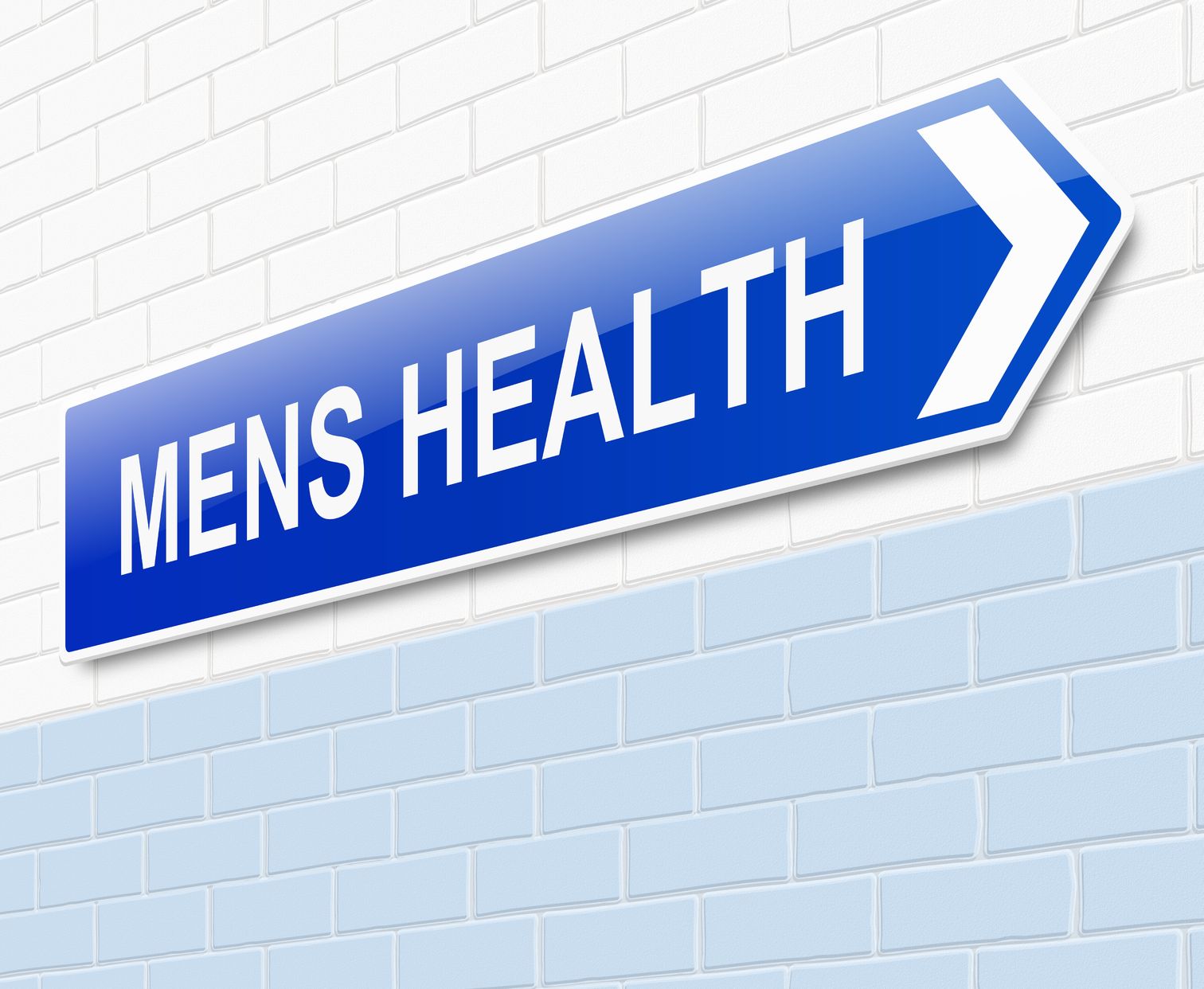
By Dale Davies, MD
Symptoms of an enlarging prostate gland are among the most frequent complaints of men over the age of 50. Classic benign prostatic hypertrophy (BPH) symptoms are covered by answering the following questions:
Do you have the sensation of not emptying your bladder completely?
Do you urinate more than once within a 2-hour period?
Do you stop and start during urination?
Do you have difficulty postponing urination?
Do you have a weak urine stream?
Do you strain to begin urinating?
Do you get up often during the night to urinate?
Typically, responding to yes to two or more of these questions increases the likelihood of having an enlarged prostate.
Men age 50 and older may begin to experience an increase in symptoms and by age 80, it is estimated 90% of men suffer from one or more of these symptoms. The prostate gland slowly enlarges with time, therefore increasing symptoms of BPH. Left unchecked and untreated, this growth can lead to Acute Urinary Retention (AUR), a medical emergency that requires catheter insertion to relieve obstruction, and perhaps even surgical intervention.
The American Cancer Society recommends checking PSA (prostate specific antigen) levels via a simple blood test annually for men 50 and older. If the PSA level is elevated, it may indicate an enlarged prostate gland, prostatitis (an infection of the prostate gland), or even prostate cancer.
There are basically two categories of pharmacological treatments for BPH:
Medications that treat the symptoms.
Medications that act directly to shrink the prostate gland over a period of time. Optimal treatment is to address the actual problem.
Currently two products, Avodart and Proscar are available that work to inhibit the male hormone dihydrotestosterone (DHT) leading to actual shrinkage of the prostate gland. A patient is typically started on one of these agents in addition to another that treats the symptoms. Within six to twelve months patients can usually be maintained on either medication without the need for more.
